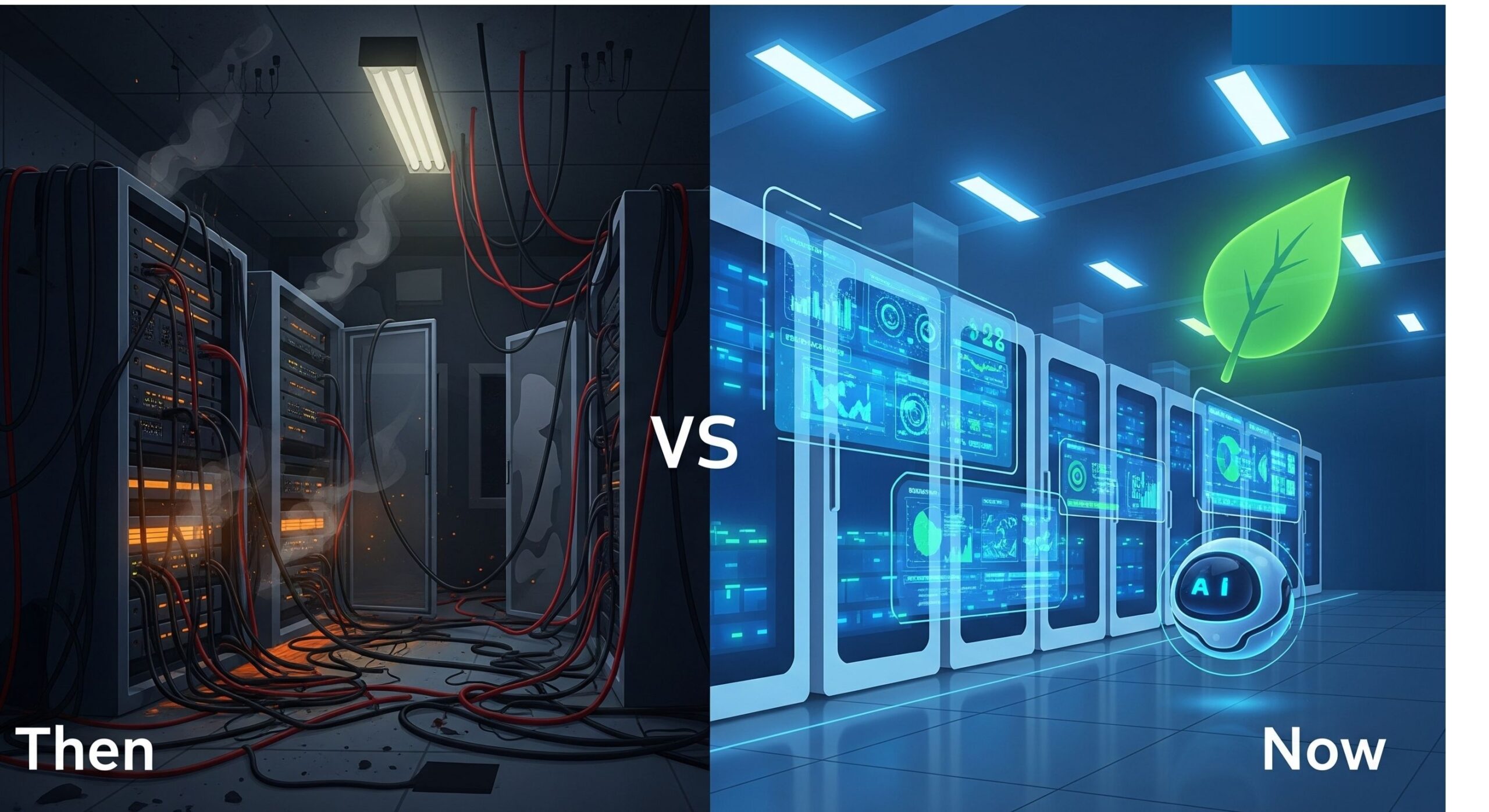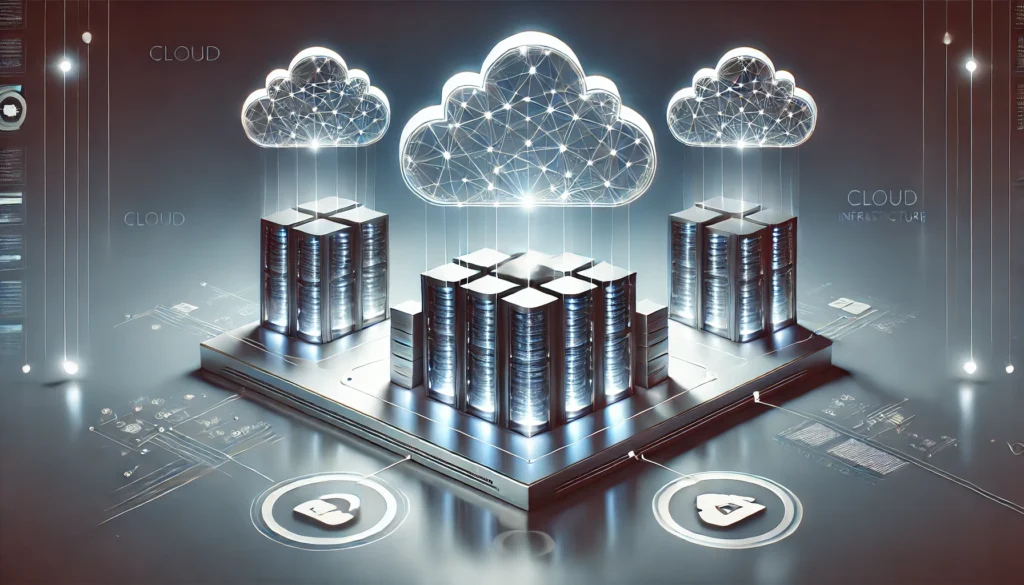
Transcloud
September 24, 2024

September 24, 2024
Cloud Computing is everywhere, powering businesses big and small—but when it comes to Cloud Security, do you really know who’s holding the reins? The Shared Responsibility Model stands as the cornerstone of this understanding, providing guidelines that delineate the specific Security Responsibilities between Cloud Service Providers and users. This model serves as a crucial framework to ensure robust Data Protection and Cybersecurity, allowing organizations to effectively Mitigate Risks and adhere to Cloud Compliance regulations.
The Shared Responsibility Model is a fundamental concept in Cloud Security that defines the division of Security tasks between Cloud Service Providers and their customers. Its primary purpose is to clarify which party is responsible for each aspect of Security, thus minimizing ambiguity and reducing potential Vulnerabilities. This collaborative approach mandates that Cloud Service Providers manage and secure the underlying Infrastructure, while the end-users—organizations utilizing Cloud Services—are tasked with securing their Data and Applications.
By delineating these Responsibilities, the Shared Responsibility Model helps to ensure that both the Provider and the User are aware of their roles in maintaining a robust Security Posture. This mutual understanding is crucial in an era where Data Breaches and Cyber Threats are prevalent, as it highlights where vigilance and action are necessary from both parties.
In today’s Digital Landscape, the Shared Responsibility Model serves as a cornerstone for Cloud Security strategies. The model is paramount because it enables organizations to deploy Applications and store Data in the Cloud while understanding how to protect them from Unauthorized Access and Breaches. Without this model, there could be confusion over who handles specific Security aspects, which may lead to Gaps and, consequently, potential Security Risks.
Given the complexity and scale of Cloud Environments, having a clear demarcation of Responsibilities helps in Risk Mitigation by ensuring all areas are adequately covered. For Users, it emphasizes the need to implement their Security Measures, such as Encrypting Data and managing User Access Controls. Meanwhile, Cloud Providers are expected to maintain the Integrity and Infrastructure Security.
One of the key Responsibilities of Cloud Service Providers within the Shared Responsibility Model is Infrastructure Security. Providers like Amazon Web Services (AWS), Microsoft Azure, and Google Cloud Platform (GCP) are tasked with ensuring the Security of the physical and virtual Resources that support their Cloud Services. This includes securing Data Centers, Network Infrastructure, and Servers, which lay the foundation upon which their Services operate.
These Providers employ advanced Security Measures, such as Firewalls, Intrusion Detection Systems, and regular Patching of Hardware and Software to protect against Vulnerabilities. Their role is to create a Secure Environment for Users, ensuring that the Infrastructure housing Users’ Applications and Data remains intact and uncompromised. To Know More..
Cloud Service Providers also bear the Responsibility of adhering to Industry-Specific Compliance standards and Regulations necessary for Data Protection and Privacy, such as GDPR, HIPAA, and PCI-DSS. They are required to provide Infrastructure that supports Compliance, enabling their customers to meet Legal and Regulatory requirements.
In the ever-evolving landscape of Cloud Computing, the success of Cloud Security hinges on the Mutual Understanding and Cooperation between Cloud Service Providers and their Users.
Data Protection remains one of the primary Responsibilities for Cloud Users. While Cloud Service Providers offer robust Infrastructure Security, Users are tasked with protecting their Data. This includes:
Access Management is a critical component of Cloud Security, with Cloud Users bearing the Responsibility of ensuring only Authorized Individuals can Access Critical Resources.
Conducting Regular Security Audits helps organizations assess the Effectiveness of their Security Measures. These Audits should:
The fast-paced Evolution of Cybersecurity Threats necessitates Continuous Vigilance. Organizations should:
Navigating the realms of Cloud Security within the Shared Responsibility Model is crucial for Sustainable Data Protection. Understanding your Role and that of your Cloud Service Provider can significantly Mitigate Risks.
Dive into the future of business with Transcloud, India’s leading Cloud Consulting company. As a Trusted Google Cloud Platform (GCP) Partner, we provide Secure, Scalable Cloud Solutions tailored to meet your Business Needs. Whether you’re seeking Google Cloud Migration Services, Cloud Cost Optimization, or AI & ML on GCP, our Expertise ensures Seamless Operations and Strategic Value.
Partner with Transcloud for End-to-End Cloud Services, from Hybrid Cloud Deployment to Disaster Recovery and Backup Solutions. Our GCP-Certified Team implements Managed Kubernetes, DevOps Automation, and Cloud-Native Application Development, empowering Businesses to Stay Ahead in a Competitive Market.
Unlock the full potential of Digital Transformation with Transcloud, your Trusted Cloud Infrastructure and Security Partner.


